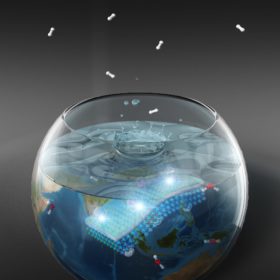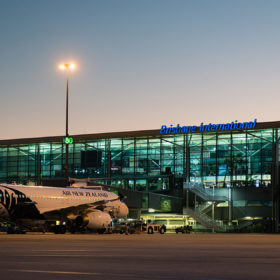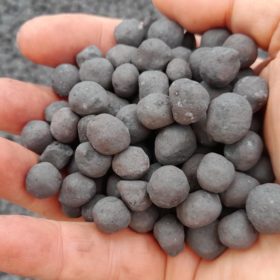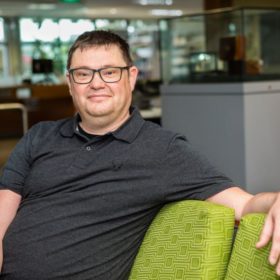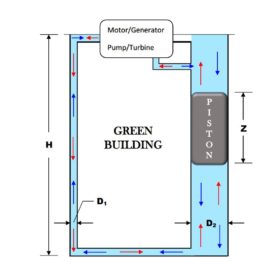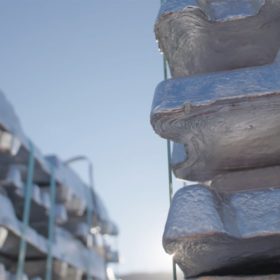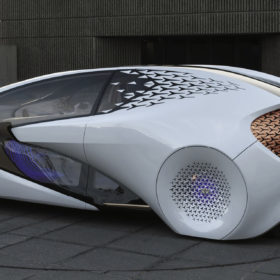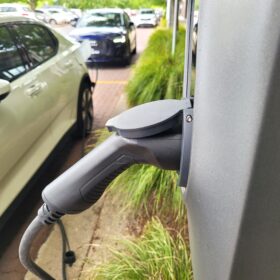CEFC points to ‘critical’ infrastructure as part of investment strategy
Australia’s Clean Energy Finance Corporation has identified transmission and grid infrastructure as a key focus as it looks to build upon more than $10 billion of clean energy commitments in its first decade of investments.
Dye-sensitised photocatalyst promises most efficient solar water splitting to date
Japanese researchers have developed a new way to improve water splitting, while South Korea has completed its largest hydrogen production complex. Scotland and England have announced new hydrogen investments, and Uzbekistan and Saudi Arabia’s ACWA Power have agreed to collaborate on hydrogen projects.
Brisbane Airport expands AI program to help meet sustainability goals in airport first
Brisbane Airport Corporation is set to expand its use of artificial intelligence (AI) energy optimisation technology across the international airport following a successful six month trial.
SA’s Whyalla steelworks hits green steel milestone with first batch of premium magnetite
South Australia’s Whyalla, the site of the state’s government-backed hydrogen hub, has begun producing a vital component used to make green steel: magnetite concentrate. The steelworks is owned by billionaire steel tycoon Sanjeev Gupta through his global company GFG Alliance. Gupta has described magnetite concentrate as “a critical enabler of our global green steel strategy.”
EV shipping is set to blow internal combustion engines out of the water
Modelling 5 to 10 GWh electrified containerships, researchers find that 40% of routes today could be electrified in an economically viable manner, before considering environmental costs.
New Zealand hydrogen R&D blossoms with German backing
New Zealand and Germany have partnered up to provide NZ$2 million (AU$1.8m) each to three green hydrogen research projects, including one to develop more efficient anion exchange membrane electrolysers which promise to be cheaper and more sustainable to manufacture.
Melbourne startup to forecast entire region’s solar output using real-time satellite data
Combining satellite images of Australian rooftops with those of real-time cloud cover to create accurate forecasts of distributed solar output for suburbs and perhaps even whole regions and states is the focus of a new Australian startup, Solstice AI. “We’re kind of at a point now where there’s so much solar that it’s causing all these issues but, if we can forecast it, many of these issues can be alleviated or managed much better,” the company’s cofounder and CEO, Julian de Hoog, tellspv magazine Australia.
PV with gravity storage, redox flow batteries in buildings
Indian researchers have developed a new hybrid system featuring a conventional rooftop PV system, a solar tree, two gravity power modules for building (GPMBs), and a vanadium redox flow battery (VRFB), with power exclusively provided by the two solar installations.
Long-term, heat-based energy storage in aluminium
Nine partners from seven European countries are involved in the €3.6 million (AU$5.25 million) “Reveal” research project, which says buildings could be heated in the future by storing energy from PV, wind and water in aluminium.
Weekend read: Hype and hope for solid-state batteries
Hype and hope for solid-state batteries (SSBs) continues to grow as industries from automotive to storage bet big on the technology. Leading battery manufacturers and a roll call of start-ups are jostling to get from lab to fab. The reality of SSBs is in question though. As Marija Maisch reports, the window of opportunity for the decades-old technology to make the next big step toward commercialisation is now.

